Pink Double Knock Out® Rose – Tree Form
$119.50 Original price was: $119.50.$83.65Current price is: $83.65.
- Free Shipping over $25
- Fast & reliable delivery options
- Enjoy top quality items for less
- Multiple safe payment methods

The Knockout Roses have been so successful in making rose growing incredibly easy, and totally rewarding, with none of the problems of older rose varieties. The Double Pink Knockout Rose is a top-rated favorite, and if it has any faults at all, it is the height, which at 3-4 feet is great for a low hedge, or the front of a bed, but not so great if you are looking for height, and want to bring those gorgeous blooms right up to eye level. So we asked our specialist growers to mount this wonderful rose on a tall and sturdy trunk, adding a permanent 3 feet to its height, and giving us a wonderful plant for the middle of a bed, for an elevated hedge, or to use in planters, leaving lots of room below for a profusion of complementary flowers.
Roses are certainly the queens of the garden, and everyone loves them, but older varieties usually had flowers in early summer, and sometimes in early fall, and that was it – bare twigs or green leaves for the rest of the year. Perhaps OK in a big garden, where there are lots of other flowering shrubs, but not so good in a smaller one, where we want to have flowers for as long as possible from every square foot. The Pink Knockout Rose is different, beginning to bloom almost as soon as the new growth appears in spring. It keeps blooming and blooming right through the summer and up to the first frost, and every bush almost always has several blooms on it. And what blooms they are – full, double flowers 3 inches across, with 35 large petals in every flower. Their glowing pink color looks superb in all lights – staying strong in sunlight and holding its strength in the evening, when darker colors can disappear.
Growing Pink Double Knock Out Rose Trees
Of course, if you have grown roses before, right now you will be thinking, ‘what about diseases?’ Well, one of the goals in breeding the Knockout Roses was to make them disease free, and they are. You won’t see the leaves turning black and yellow, before falling off (black spot), or becoming covered in dirty gray-white powder (mildew), or with black blisters on the leaves (rust). Like all the other Knockout Roses, the Double Pink variety is resistant to these nasty diseases, and the foliage is always glossy, rich green, and unblemished. Yes, like any rose, some pests are possible, like aphids, but with the toughness and vigorous growth of this rose, you probably won’t even notice them.
Appearance
The Pink Knockout Tree-form Rose has a single, upright trunk, about 3 feet tall, and on top is a rounded bush that grows about 3 feet across and wide. The glossy, green leaves are always healthy looking, but much of the time you will hardly be able to find them for the profusion of blooms in spring, summer and fall. As well, you don’t even have the chore of removing dead blooms, as with this rose, they just fade away and drop naturally. Hardy from zone 5 to zone 9, you can grow this plant almost anywhere in the country, in both cool and hot areas.
Choose a sunny location for you bush, but if you only have partial sunlight, this is one of the few roses that will grow well even with a few hours of shade. It is important to water your plant regularly not only when it is newly-planted, but also whenever the soil is becoming dry. The plant will tolerate dry conditions, but it usually reduces its flowering when dry, so keep watering well to avoid that.
Planting and Initial Care
This rose will grow well in most soils, but it prefers heavier soils, and even grows on well-drained clay – roses are a great choice if your garden is on clay soil. It will not grow so well on very sandy soil. Because this rose is such a vigorous and continuous grower, it needs plenty of feeding. Dig in lots of rich organic material, like garden compost or rotted manures, when preparing the planting hole. Mulch each fall or early spring with more of these rich materials. As well, feed with rose food, when planting, then in spring and again in mid-summer. In early spring, trim your bush by removing any thin branches close to the bottom, and cut back the sturdier ones. New shoots will soon develop, and the crown of your rose-tree will quickly re-build itself. Be careful not to cut below the point where the crown attaches to the stem
History and Origins of the Pink Double Knock Out Roses
Rose breeder Will Radler introduced the first Knockout Rose over 20 years ago now, and it won the All-America Rose Selections prize in 2000. You don’t get that just on looks, but only after the rose has been grown across the country successfully. That guarantees you’re success. Since then Radler has added several new roses, based on that original, which is officially called ‘Radrazz’.
When breeding plants, many seedlings are usually grown, and among the brothers and sisters of ‘Radrazz’ was a similar rose, just as tough, but with red flowers and many more petals. He called it ‘Radtko’, or Double Red Knockout. Then, among 500 plants of Double Red Knockout growing at a nursery in Granby, Connecticut, David F. Cockcroft spotted one with gorgeous pink flowers – a natural mutation had happened. He called it ‘Radtkopink’, and it became the Double Pink Knockout Rose. It was patented in 2008. Finally, to create a taller bush, we asked our growers to attach stem pieces of this plant to a sturdy rose branch, of a special variety, with strong roots and a stiff, upright trunk.
These unique plants take special skills to produce, and we have some perfect examples on offer. The demand for tree roses is much bigger than the supply, so our plants will soon be gone. Order now – while we can still satisfy your order.
Be the first to review “Pink Double Knock Out® Rose – Tree Form” Cancel reply
Related products
Hydrangeas
Knock Out® Roses
Rhododendron
Butterfly Bush
Butterfly Bush
Hydrangeas
Butterfly Bush
Hydrangeas








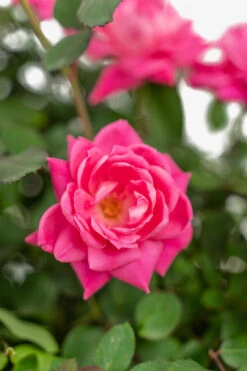
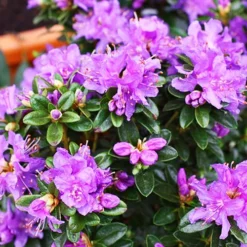
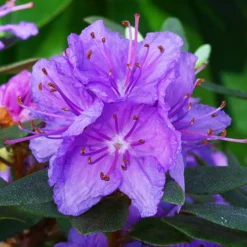

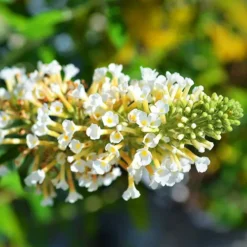

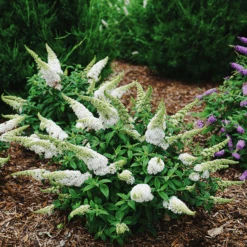




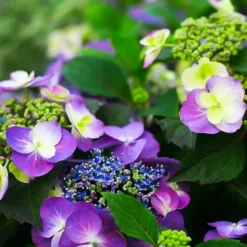
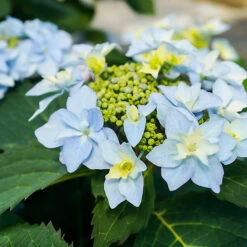
Reviews
There are no reviews yet.